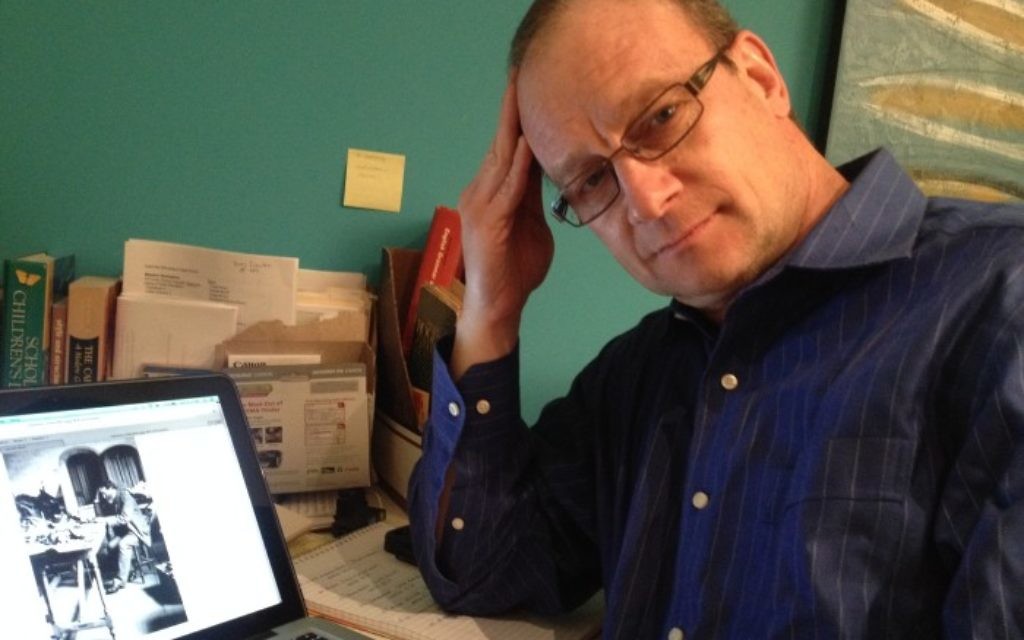Schechter: Remembering Our Fallen on Memorial Day
Memorial Day is set aside to remember the men and women who died while serving in the U.S. armed forces.
At a time when the divide between America’s military and its civilian population is wider than at any point in the nation’s history, the day’s purpose risks neglect and apathy.
Fewer than 0.5 percent of Americans serve in the military, the smallest share since the period between World War I and World War II.
Get The AJT Newsletter by email and never miss our top stories Free Sign Up
Jews, who are about 2 percent of the American population, are by one estimate 0.33 percent of those now in uniform — several thousand men and women at most. Another estimate suggests upward of 10,000, but not all Jews in the military list a religion.
The number of Americans in uniform has declined steadily since 1968, at the height of the Vietnam War. Fewer Americans know anyone in uniform. For most civilians, the volunteer military is out of sight and out of mind.
Memorial Day this year falls on May 30, which was its date when the holiday, originally known as Decoration Day, was created in 1868. In 1968, four federal holidays — Washington’s Birthday, Memorial Day, Columbus Day and Veterans Day — were moved to Mondays, creating three-day weekends. (Congress later returned Veterans Day to its Nov. 11 date.)
Popular culture has made Memorial Day the unofficial start of summer. For many students it is the first Monday of summer vacation. Swimming pools open. Stores advertise sales.
All of which obscures Memorial Day’s meaning.
Israel recently observed Yom HaZikaron, its Memorial Day, when a siren brings the country to a halt, literally, for a minute of reflection. Israel is a small country, and because military service is compulsory for most men and women, any divide between its military and civilians is blurred.
American Jews can mark Memorial Day by reflecting on their own who fought and died for the United States.
Francis Salvador, a Sephardic Jew who emigrated from England and became a plantation owner and legislator in South Carolina, was the first Jew to die in the Revolutionary War, a militia man killed by Cherokees allied with the British.
During the Civil War, when some 7,000 Jews wore Union blue and 3,000 Confederate gray, 600 died.
Jews were less than 3 percent of the U.S. population but 5 percent of the American Expeditionary Forces deployed “over there” in World War I. Of the 250,000 Jewish troops, 3,530 were killed.
During World War II, an estimated 550,000 Jewish men and women — roughly 11 percent of all American Jews, who were 3.6 percent of the U.S. population — were in uniform. Of those, 11,000 died, 7,000 of them in combat.
An estimated 150,000 American Jews served during the Korean War. A reliable figure for the number killed in that conflict is not easily found.
Of an estimated 30,000 American Jews in uniform who served in the Vietnam War, some 270 were killed. Their names are etched into the black granite of the Vietnam Veterans Memorial in Washington.
At least 50 Jewish men and women have died in the Iraq and Afghanistan wars of the past 15 years.
These Jewish sons and daughters can be remembered by reading 37 profiles of “Our Fallen” published in 2011 by the Forward and 13 more in an update published last year.
Another presentation can be found on the website of the National Museum of American Jewish Military History.
“I think people are surprised to learn that Jews serve in the military in America because people think that any Jew interested in serving in the military is going to serve in the IDF,” Beverly Wolfer-Nerenberg, whose brother, Army Maj. Stuart Wolfer, was killed in Iraq, told the Forward. “I think that people overlook the fact that Jews living in this country are patriotic and do have a sense of duty and gratitude and are grateful for what this country has given to us over the years.”






comments